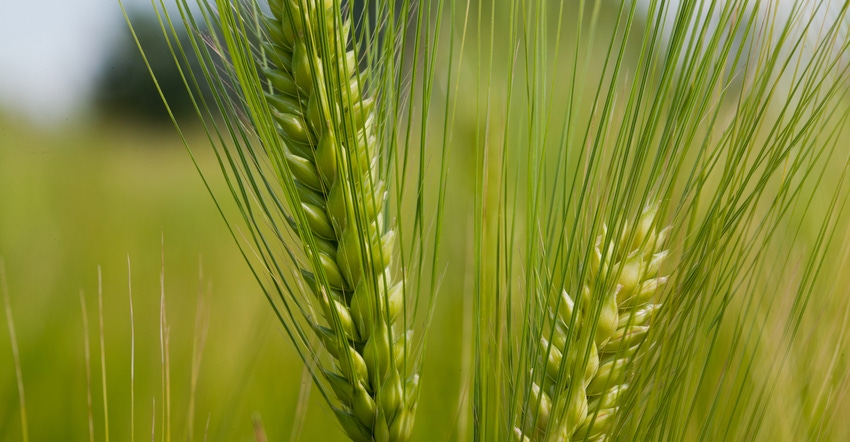May 15, 2020

The Agricultural Chemical Use Program is the USDA National Agricultural Statistics Service’s official source of statistics about on-farm and post-harvest fertilizer and pesticide use and pest management practices.
In the fall of 2019, NASS collected data for the 2019 crop year — the one-year period beginning after the 2018 harvest and ending after the 2019 harvest — about chemical use and pest management practices used on barley and spring wheat production. The data was collected as part of the Agricultural Resource Management Survey.
The results in Minnesota were as follows:
Fertilizer use on barley. Of the three primary macronutrients, nitrogen was the most widely used on barley. Minnesota farmers applied nitrogen to 89% of planted acres at an average rate of 89 pounds per acre per year.
Macronutrients phosphate and potash were applied to roughly three quarters of planted acres, at an average rate of 41 and 37 pounds per acre per year, respectively.
The secondary macronutrient, sulfur, was applied to 43% of acres planted to barley.
Pesticide use on barely. Herbicide active ingredients were applied to 89% of the barley acres planted in Minnesota. Bromoxynil Octanoate was the most widely used herbicide overall applied to 57% of the planted acres. MCPA-2-ethylhexyl was the active ingredient with the greatest total amount applied in Minnesota.
Fungicide and insecticide active ingredients were applied to 68% and 34% of barley acres planted, respectively.
The 2019 Agricultural Chemical Use Survey of Spring Wheat producers collected data about fertilizer and pesticide use as well as pest management practices in growing spring wheat.
Fertilizer use on spring wheat. Of the three primary macronutrients, nitrogen was the most widely used on spring wheat acres planted in the state. Farmers applied potash to 100% of planted acres at an average rate of 118 pounds per acre per year.
Macronutrients phosphate and potash were applied at an average rate of 42 and 25 pounds per acre per year, respectively.
The secondary macronutrient, sulfur, was applied to 40% of acres planted to spring wheat.
Pesticide use on spring wheat. Herbicide active ingredients were applied to 99% of the spring wheat acres planted. Tebuconazole was the most widely used pesticide on spring wheat acres, but MCPA-2-ethylhexyl was the active ingredient with the greatest total amount applied.
Fungicides and insecticides were applied to 79% and 29% of spring wheat acres planted in Minnesota, respectively.
Source: Minnesota Field Office, USDA-NASS, which is solely responsible for the information provided and is wholly owned by the source. Informa Business Media and all of its subsidiaries are not responsible for any of the content contained in this information asset.
You May Also Like




